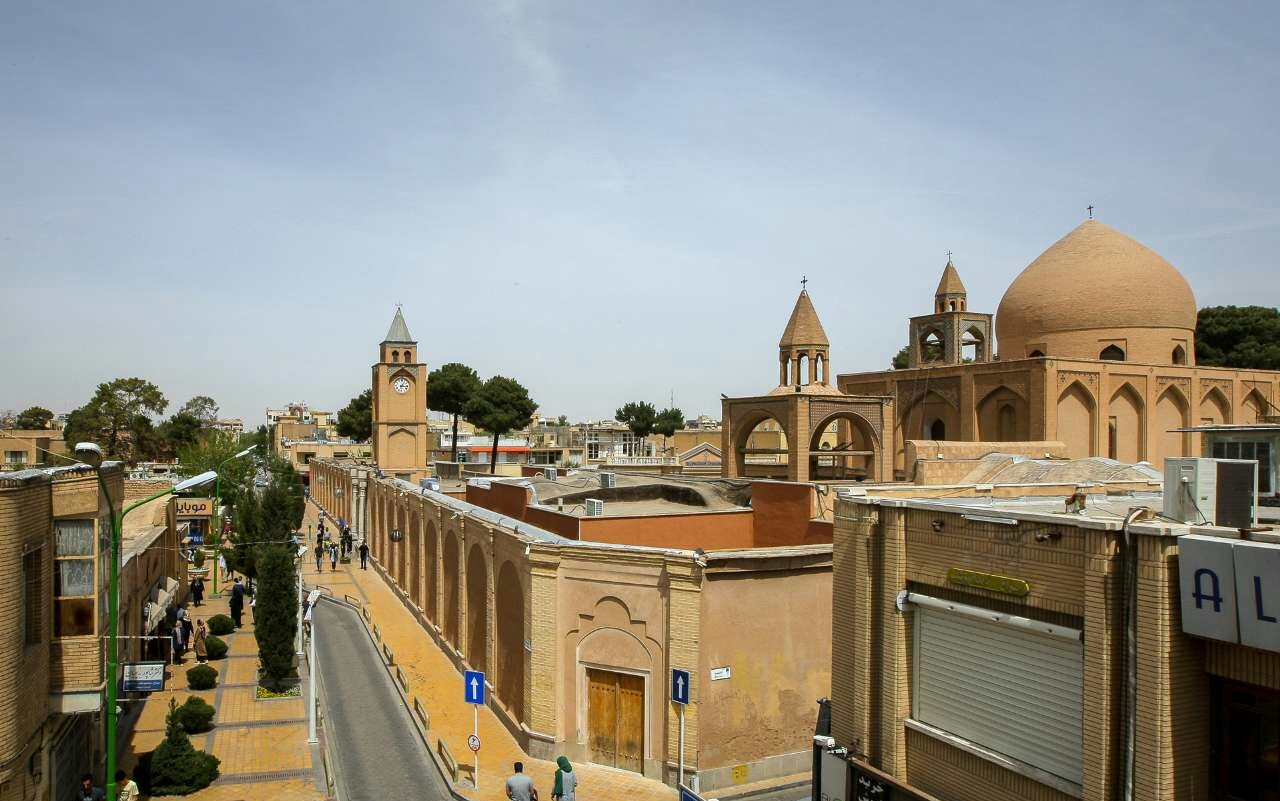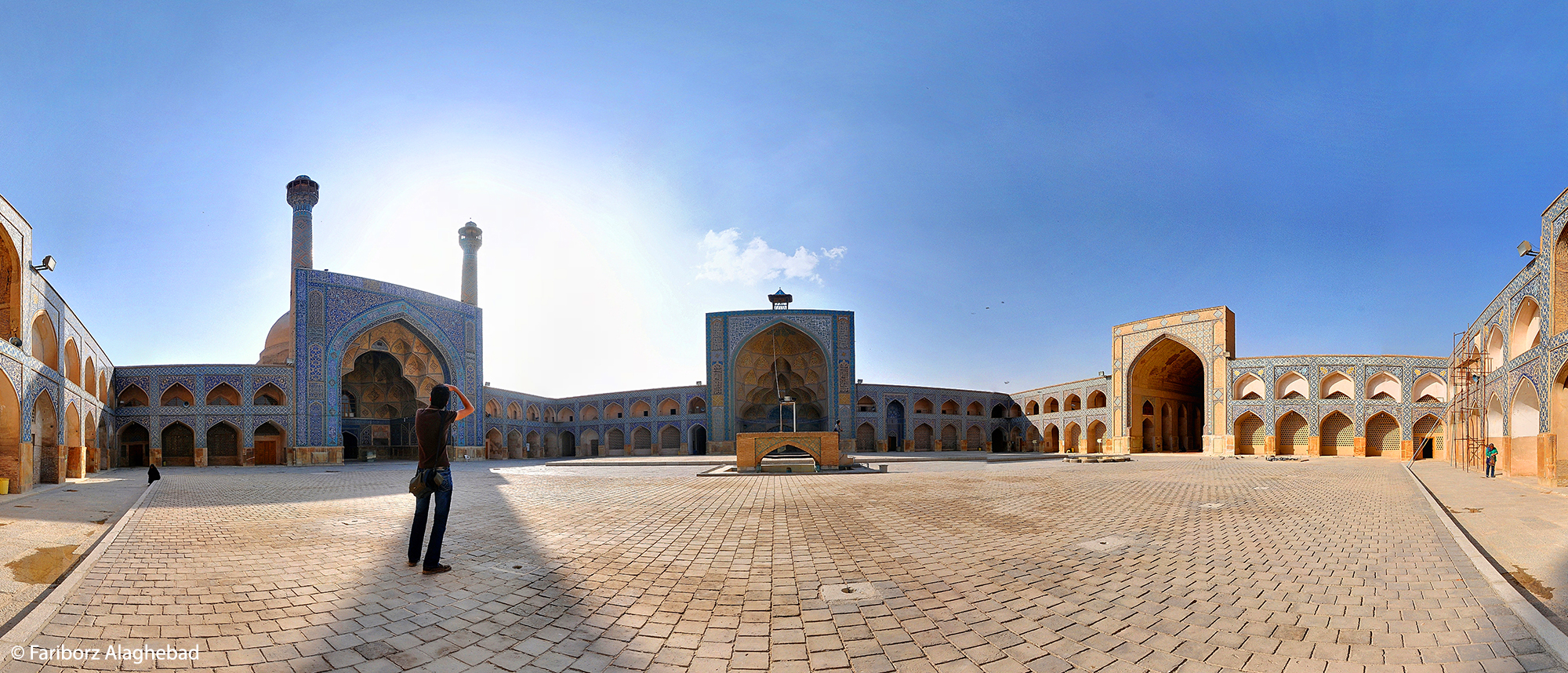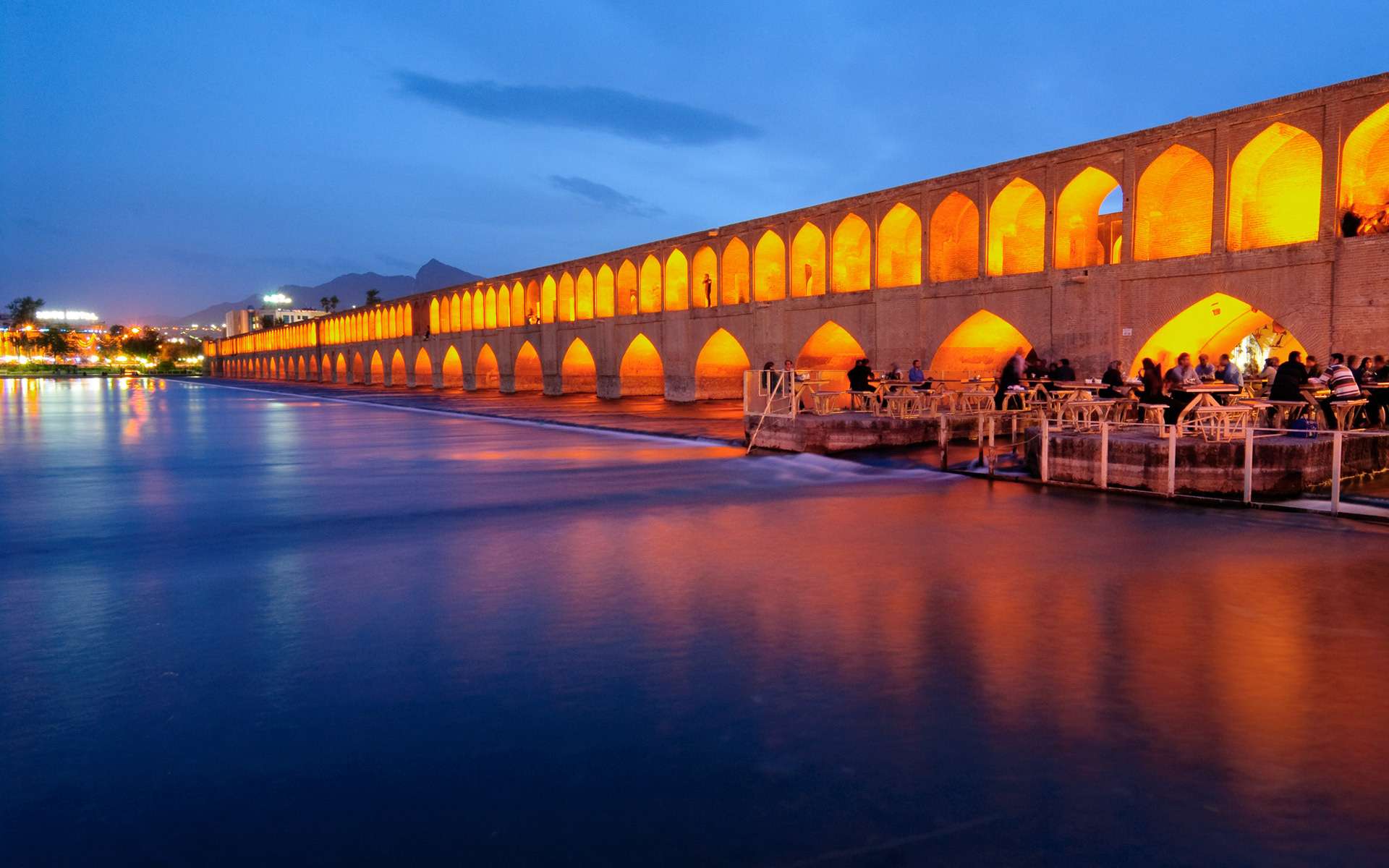If you have a short time during your Iran trip, we recommend you to put Isfahan city on your itinerary. The city is known as half of the world. When Shah Abbas the Great became king of the Safavid dynasty, he assigned Isfahan as the capital of Persia and tried to make it surpass all other cities. During his reign, he established so many fascinating monuments such as mosques, palaces, gardens, and bridges in Isfahan. as the results, Isfahan's inhabitants took pride in their city and called it: " Isfahan; half of the world." There are several sights and monuments in Isfahan which are located in three main districts. We provide each area in the best routs for exploring the city layers.
First rout:
Naqsh-e Jahan Square
Naqsh-e Jahan square is undoubtedly one of the most well-known UNESCO World Heritage Sites in Iran. Also, it's the second-largest historical square all around the world. Naqsh-e Jahan square was built in the 17th century by the order of Shah Abbas the Great. On the south side of the square, we see the great Abbasi mosque, also known as Shah or Imam mosque. On the Eastside, we can see Sheikh-lotfollah mosque, which is one of the architectural masterpieces of Iranian architecture. AliQapu palace, with its unique structure, is located on the western part. Qeysarieh Portal (The Grand Bazaar), which is a stunning traditional Bazaar, can be seen on the north side. Chehel Sotoun garden palace is another monument that You should not miss seeing.

Second rout:
Armenian District (Jolfa) and historical bridges
The Armenian Community of Isfahan, who have been living in this city for about 400 years, are in the quarter called Jolfa. There are 12 churches such as Vank cathedral in Jolfa district. Vank cathedral is one of the most magnificent churches in Iran. It represents a combination of Iranian, Islamic, and Christian architecture. In this quarter there is a music museum that is worth seeing.
When you talk about Isfahan city, the first thing that springs to mind is Zayanderud river. It is one of the most important rivers in Iran. There are several new and historic bridges over it, such as Marnan Bridge, Vahid Bridge, Felezi Bridge, Si-o-se Pol, Joui Bridge, Khaju Bridge, and Shahrestan bridge. These Bridges are charming at night due to glamorous lightening. Listen to people singing and enjoy eating your saffron ice cream beside the Khaju bridge.

Third rout:
Jubareh district and Atique mosque
The Jewish quarter in Isfahan housed the majority of Jews as well as their synagogues. It's one of the oldest parts of the city. You can visit Atiq square and Atiq Jame mosque (the second largest mosque in Iran) near here. This mosque was built in the 8th century, and you can see a mixture of architecture from different dynasties of Iran. It is a museum of history, architecture, and calligraphy.

If you are planning to stay more days, Isfahan gives you the chance of visiting more spots such as:
Sheikh ol-Islam Historical House (Textile Museum), Angourestan Malek Historical House, Molla Bashi Historical House, Borg-e Kabootar (Pigeon Tower), Chahar bagh Historical School, Monar Jonban (shaking tower) and Takhte Foolad.


